
So we found two other competitive products to compete with Z9D on the same stage. One is an OLED TV with a price of about 33,000 yuan, which comes from LG's EG9600. The other is a QD LCD TV with a price of about 28,000 yuan, which is from Samsung's KS9800. Both of them support HDR. The high-end models of their respective brands are all in the same price range as the Z9D.
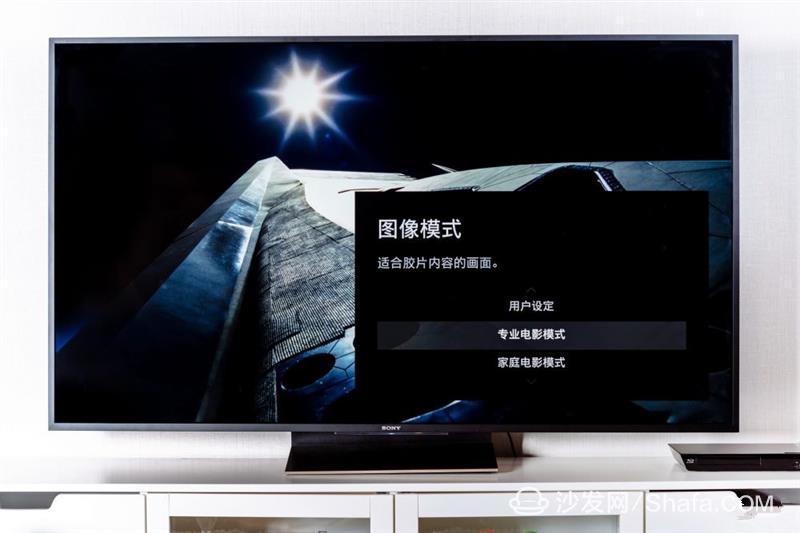
Sony Z9D

LG EG9600
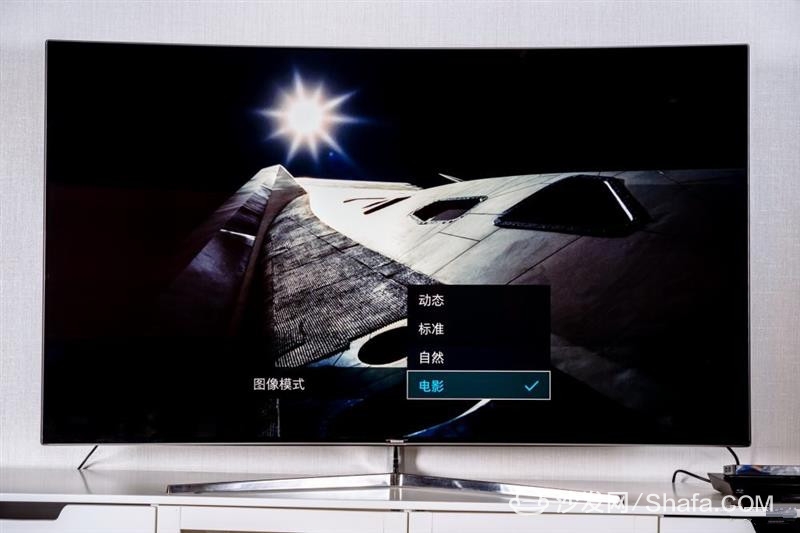
Samsung KS9800
In contrast, the setting of the three televisions should naturally remain relatively consistent. I still choose the movie (cinema) mode under the default setting as the main contrast environment, and it is also true after HDR is turned on. At the same time turn off all the unnecessary basic details and contrast enhancements, such as LG's Cinema mode will also turn on edge enhancement and motion compensation by default, which are turned off when compared. Everything else follows the default settings.
The above is necessary to explain clearly in advance. If not specified, all three televisions are in the above state.
HDR contrast: a huge difference in light effects
In the next few years, HDR technology will be the hottest topic in the television industry. It can enhance the overall picture performance, including color gamut, contrast, and dynamic range. Correspondingly, the HDR display technology on TV must also be comprehensive. Similarly, to evaluate the HDD quality of a TV, you must start from different perspectives.
Let's look at a set of comparisons first:



What is the most obvious difference? Is the dynamic range. The entire dynamic range of the first screen shot is astonishingly wide, and the details are extremely solid. Even the surface lines of the stones in the lower left corner are quite detailed and real. In contrast, the details of the second shadow were missing, and the shadows were almost black. The details of the third screen shot did not highlight the first one.
So the answer is revealed, the first is the Sony Z9D, the second is the LG EG9600, and the third is the Samsung KS9800. From the perspective of dynamic range, it is clear that Sony is the most extensive, followed by LG, and finally Samsung. However, what's interesting is that LG's dark details are not as clear as Samsung's, and they are not as good as Sony's. Why is this, we will say later.
This group did not make too many comments. It is obvious that the Sony Z9D has extremely accurate white balance and the entire picture is very transparent. The LG EG9600 is obviously reddish. Although the contrast is good, the layering is relatively poor. The white balance of Samsung KS9800 is slightly better than LG, but because it is a side-entry backlight structure, the contrast is far inferior to that of Z9D and OLED, and the screen will be a little grayish.
Then look at the second set of comparisons:
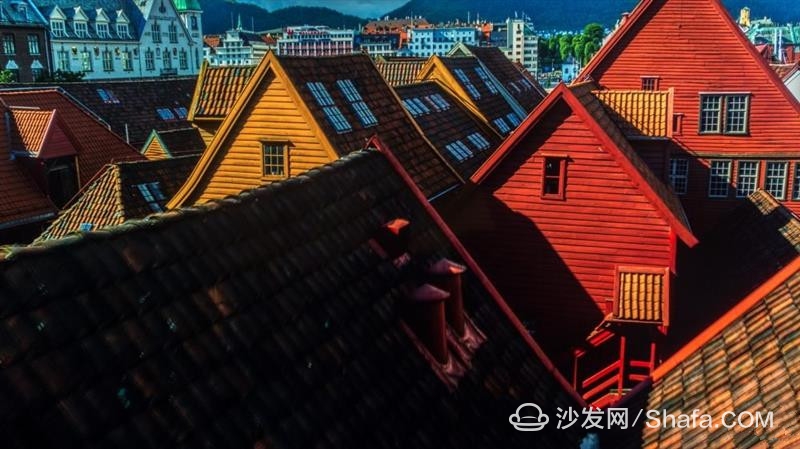
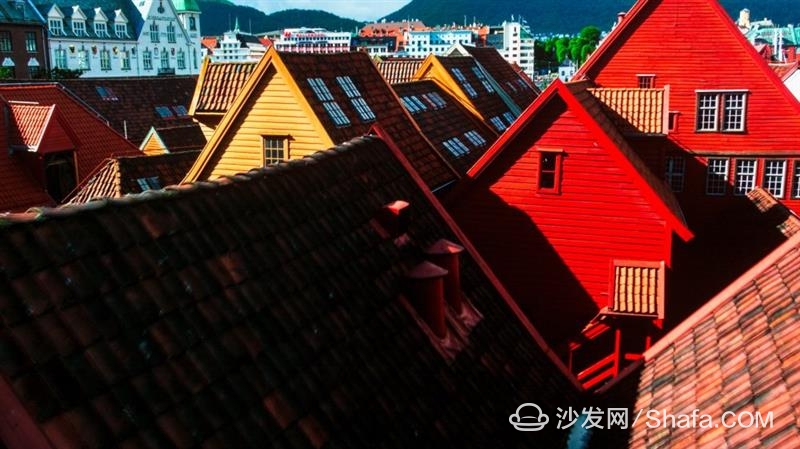
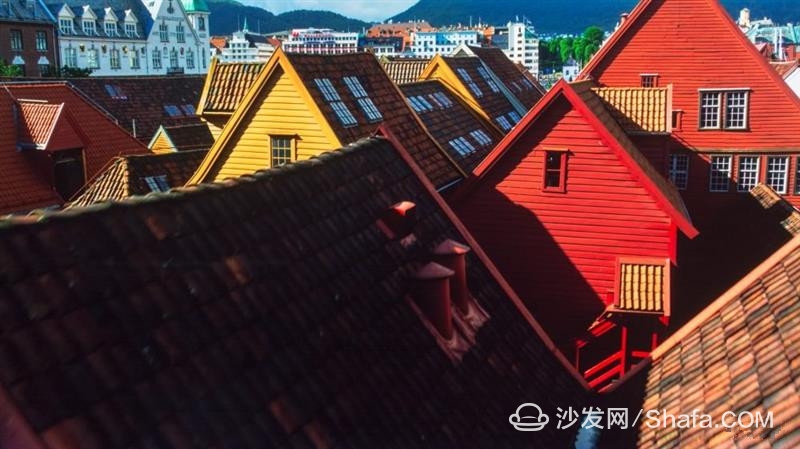
The order is the same as the previous one. The LG EG9600 shows a consistent rich color style, after all, OLED. Have to say that this style is indeed very lovable, high saturation colors at first sight will be very eye-catching. But to ask a question, have you seen such a high saturated color in your daily life, and it is still painted on the house. No, OLED's color is pleasing, but it's not true. It's very impatient. In this group, the colors of the Sony Z9D and Samsung KS9800 are relatively close, and at most only slightly different directions. But if you look closely, the Sony Z9D can retain more details in the dark, such as the roof tiles in the foreground.
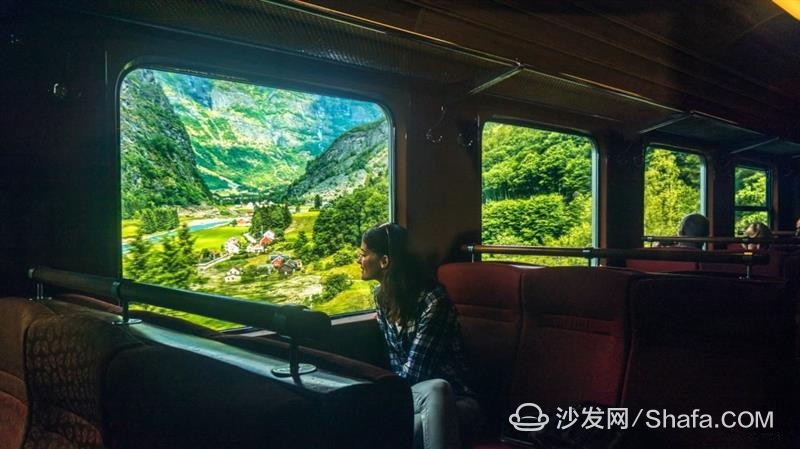
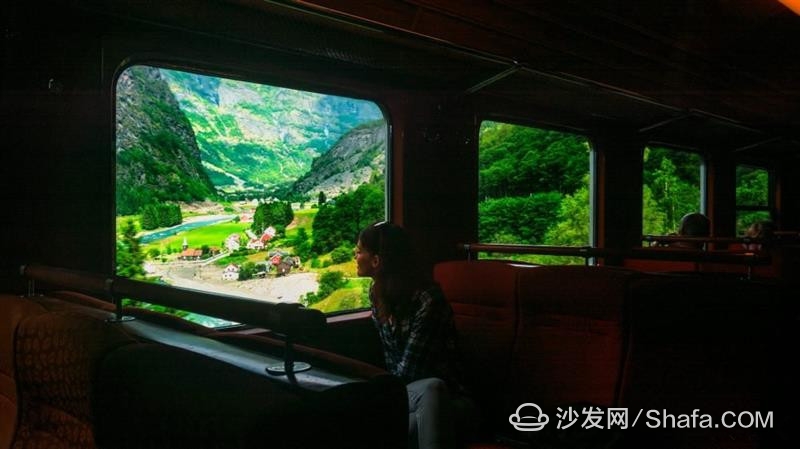

Or is it the question of the authenticity of color? Which wood screen color do you think is closer to reality? If you can't answer it, I can teach you a method.
Close your eyes and imagine yourself sitting in the carriage of the train. Surrounded by mountains, take a camera and take a picture from the window. What color should the woods on the hill be? The answer is naturally the first one, with a preference for yellow-green. And Sony Z9D's green and yellow-green levels are very clear, color reproduction is a must. Like the second LG EG9600, the lush green color of the paint splashed on it will not happen in reality. Even the level will be lost. The situation of Samsung KS9800 is slightly better, green and yellow green are more open, but still not as accurate as Sony.



There are two points worth paying attention to in this group, the expressiveness and details of gold. The second LG EG9600 still has over-rich color and reddish white balance issues. It is disappointing and the color is completely wrong. On the golden expressiveness, the first Sony Z9D is the most appropriate and more magnificent. Sony's excellent color reproduction capability has been fully demonstrated, and the entire picture is very shocking. The performance of the third Samsung KS9800 is also acceptable, but the golden color is slightly yellowish, with little gloss and the details are not as solid as Sony.
It can be said that the test of this group is very harsh. The golden test TV's color reproduction ability contrasts with the great picture information to test the detailed performance ability of the TV. The result is obvious. Only in the perfection of both sides can Sony show off the sense of the church and the quality of the other two TVs is soft.



The Sony Z9D still showed excellent white balance. The entire screen was quite three-dimensional, and the characters had a feeling of exhilaration without missing the shadow details of the background. The contrast of the LG EG9600 is also excellent, but it is still old and reddish. Samsung KS9800 Mody, or gray, the bottleneck of the side entry structure.


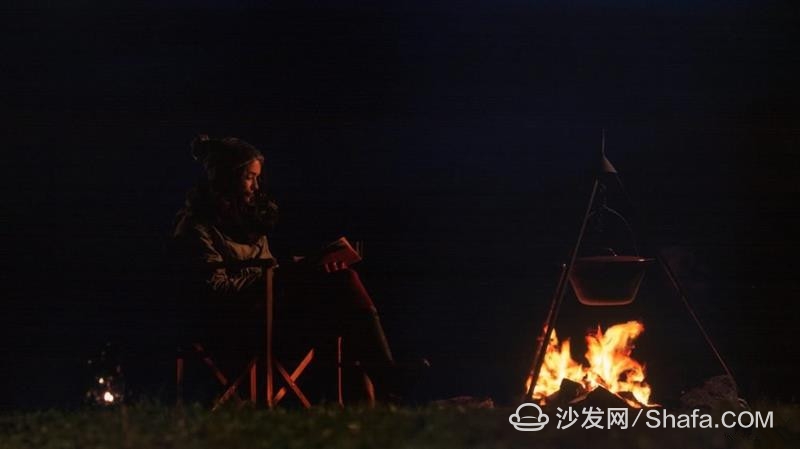
Looking at the more rigorous black level comparison, the Sony Z9D and the LG EG9600 both have a deep black level, and Sony's brightness is higher and the whole scene is more realistic. LG's color is still too reddish, especially the flare, which looks like computer effects. It should be noted that the background of this screen shot actually has details, not a complete black. As for the Samsung KS9800, so be it.
In summary, Sony Z9D is the most powerful HDR player at present, and the chips and backlight systems designed specifically for HDR give full play to all the advantages of HDR, namely wide color gamut, high dynamic range and high contrast. All these together make the picture more realistic. Therefore, restoring its true sense is a great mission of HDR TV. In contrast, LG EG9600 is still trapped in supersaturation and low brightness, unable to restore the realism of the picture, in the color management and dynamic range is still not good, the texture of the picture can not help but a little discount. The performance of the Samsung KS9800 also proved that only the wide color gamut is not enough, and HDR pays attention to the full range of picture quality. At this point, the Sony Z9D exists as a benchmark.
The above is a subjective assessment, and some people may be more concerned with objective data, so we used the Spyder3 colorimeter to measure the three TV's movie modes and their respective white and black levels. It was stated in advance that since our equipment and testing methods are relatively amateurish, and in addition to Sony, neither the LG EG9600 nor the Samsung KS9800 have the ability to manually turn on HDR, so it is not possible to measure HDR images.
The measurement results are for reference only and do not equal the facts. The result is as follows:


From the simplest color gamut, the three TVs are basically at the same level in the movie mode. The color gamut of the Sony Z9D and LG EG9600 will be slightly higher than the Samsung KS9800. The difference between the white and black is reflected in the Sony Z9D's brightness is naturally the highest. It is worth noting that the Sony Z9D has an extremely accurate white point color temperature in the movie mode, and the black color temperature also performed well, very close to the standard 6500K. The color temperature of the other two televisions was obviously higher.
In order to measure the data in HDR mode, we used the TES1330A light meter to detect the peak brightness of each of the three TVs. Again, because our equipment and measurement methods are very amateurish, the results are for reference only. I chose a high-contrast, HDR source for high-brightness measurements as a measurement material, and an illuminometer to find the highest-brightness part for recording.

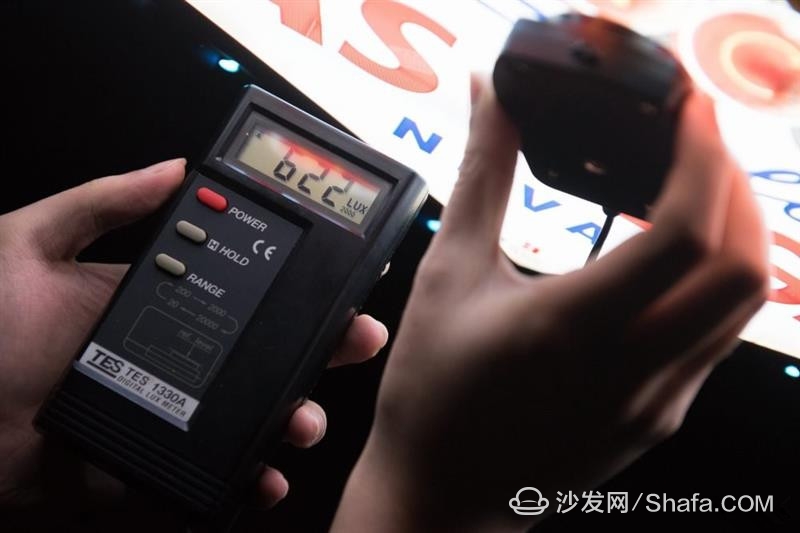
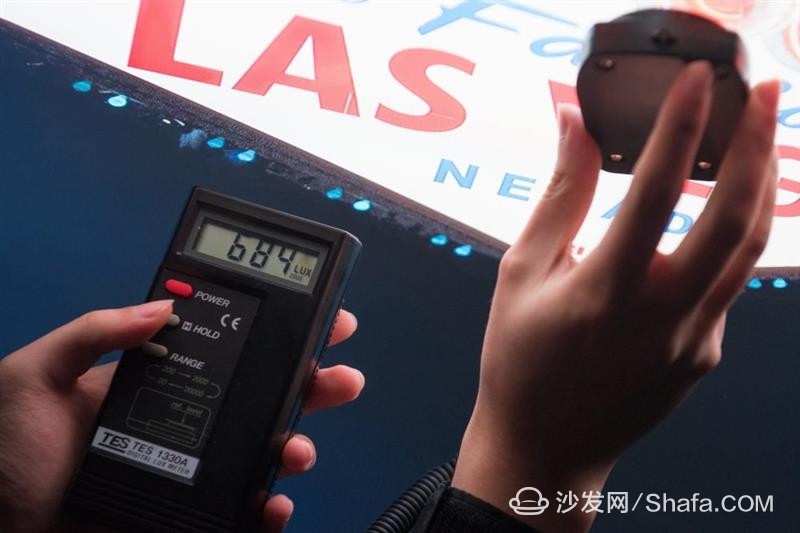
The results show that the brightness of the Sony Z9D is very alarming. The illumination of 1567 lux is more than twice that of the LG EG9600 and the Samsung KS9800. The brightness of the Samsung KS9800 is only slightly higher than that of the LG EG9600. Since the measurement method is more amateur, the actual peak brightness of the Sony Z9D may be even higher.
Note: The unit of data measured using the illuminance meter here is illuminance, and conversion to nits only needs to multiply the reflection coefficient. For ease of understanding, we have a default reflection factor of 1, which means that the brightness of the Sony Z9D is approximately equal to 1567 nits, which is twice that of the LG EG9600 and the Samsung KS9800.
Non-HDR Contrast: Errors in OLED
In the HDR comparison session, the effects of the three televisions are all different because of the use of an independent HDR processing mechanism. So whether the difference will be so great in non-HDR content? This is the problem that this section wants to solve. Especially the Sony Z9D, its backlight system is simply built for HDR. This can not help curious, in the face of OLED such a heavyweight opponent, Z9D is still able to stand up.
Or first look at a set of contrasts:


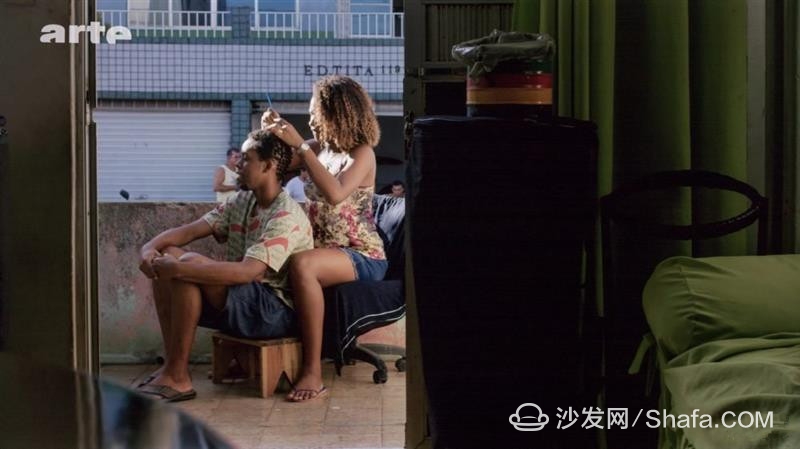
The order is the same as above, which one do you like best? When playing a non-HDR film source, the effects of the three TVs are not as different as they were in HDR.
Sony Z9D still has a proud sense of luster, this luster does not necessarily mean that its brightness is higher, but the contrast between light and dark is very strong. Just like this group of screen shots, the LG EG9600 and Samsung KS9800 are relatively bleak. While taking into account the detail of the highlights, the Z9D is also very clear in the details of the shadows, showing a transparent quality. The contrast of the LG EG9600 is also very good, the color continues its high saturation style, slightly stiff, not as bright as the Z9D. Samsung KS9800, or the old problem, lack of contrast and color is not enough fresh.



This is the Blu-ray disc version of Interstellar. Apparently the Sony Z9D is superior in brightness and color management. The golden dust particles are rendered with real sense, and the details are the best among the three TVs. Can carefully observe the dirt and dust on the ground, Z9D is very solid. The contrast of the LG EG9600 is also very high, but because of the problems of color and details, the picture quality is somewhat soft. As for the Samsung KS9800's picture, there are two deficiencies: First, the picture is thin, and second, there is a clear deviation in color.



Due to slight deviations in the captured images, the characters in the Sony Z9D have sun shine on their face, so they still look more glossy than the LG EG9600. In addition, the strong contrast contrast makes the Z9D's picture more three-dimensional, and the green looks more tender. LG's color palette is still stiff, and the corn leaves look like leeks leaves. In addition Z9D, Sony Z9D scene is consistent with the Samsung KS9800, you can find Samsung's glossy feel lost, the color is also significantly reddening. This is also a problem that has always existed in quantum dot materials. Color accuracy is poor, and red saturation tends to be too high. While pursuing a wider color gamut, we should also pay attention to the issue of color accuracy.



Facts have proved that Sony Z9D has achieved first-class control over the control of light and shadow and the restoration of details. I was impressed by this scene. The sun shines on the face and the sweat and dust that shines on it. The hardships of the characters are rendered appropriately. At the same time the details of the explosion table, three-dimensional characters, folds on the clothes quite hierarchical. For such a 1080p content playback on the 4K TV can still have such a full effect, we can see Z9D circuit design is really extremely hard.
In contrast, the LG EG9600 is more like a brightness-reduced version of the Z9D. The light and shadow part is not that strong, and the details are acceptable. Samsung KS9800 still like that, dark and reddish.

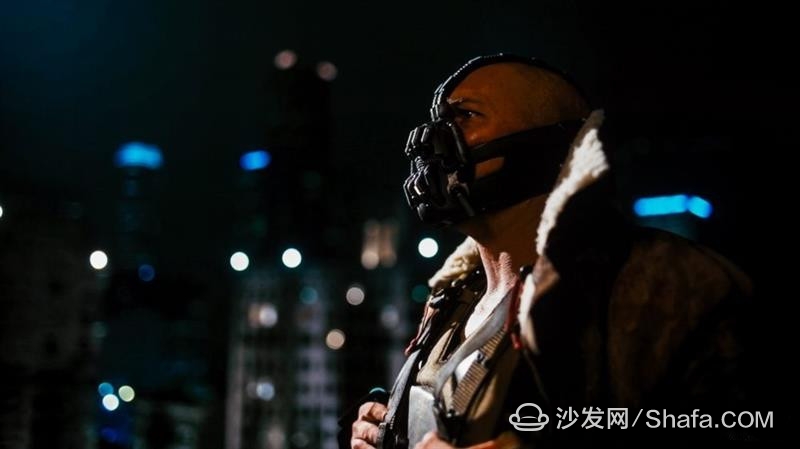

After watching the Blu-ray disc, let's compare the picture of "Batman Prequel 3" at 720p resolution. Due to the decline in the quality of the content, the situation in this group has undergone a slight reversal. The dynamic range of the LG EG9600 TV is on the contrary the lowest, while the screen effect of the Samsung KS9800 is more like the brightness reduction version of the Sony Z9D. The Z9D still has excellent dynamic range and plenty of light and shadow effects. LG's contrast is good, but details in the shadows are the worst of the three TVs. Part of the details of the building and the details of the clothes on the characters are lost in the background. It is almost black.
In addition, if your monitor is good enough, you will find that the LG EG9600 has a ribbon in the light part of the upper left corner, and the gradation transition is not smooth enough. Samsung KS9800 also has this phenomenon, but the performance is slightly better than LG. The Sony Z9D is very smooth. There is almost no transition problem from light to dark. The smooth gradient technology of the X1 Advanced Edition starts to show power in dark scenes and low resolution environments.
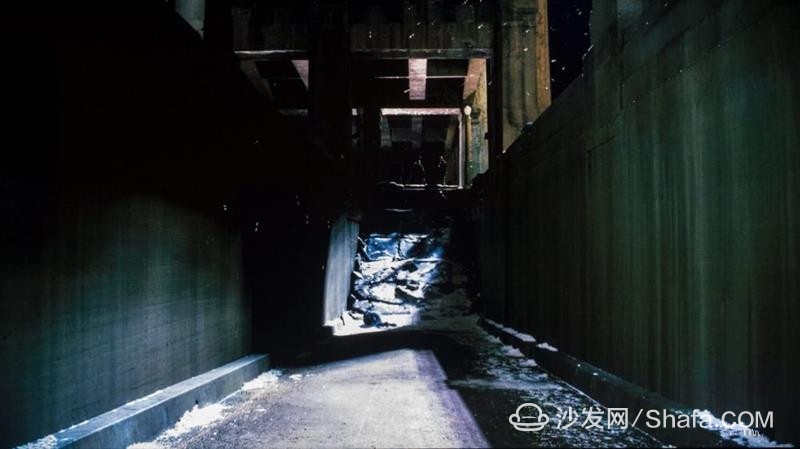
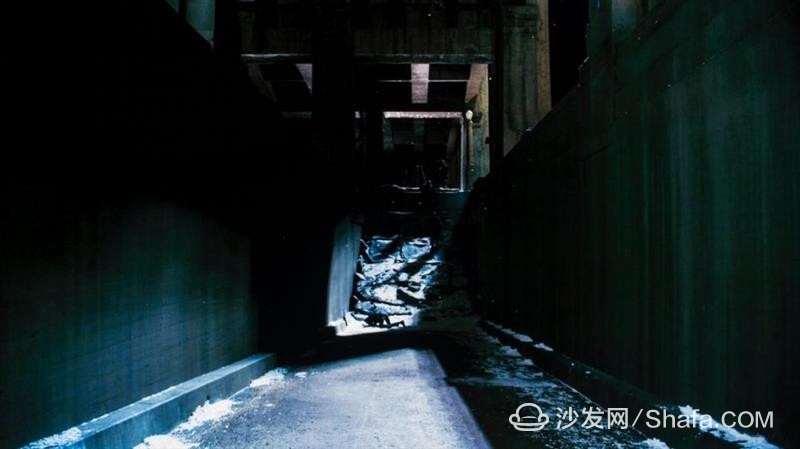
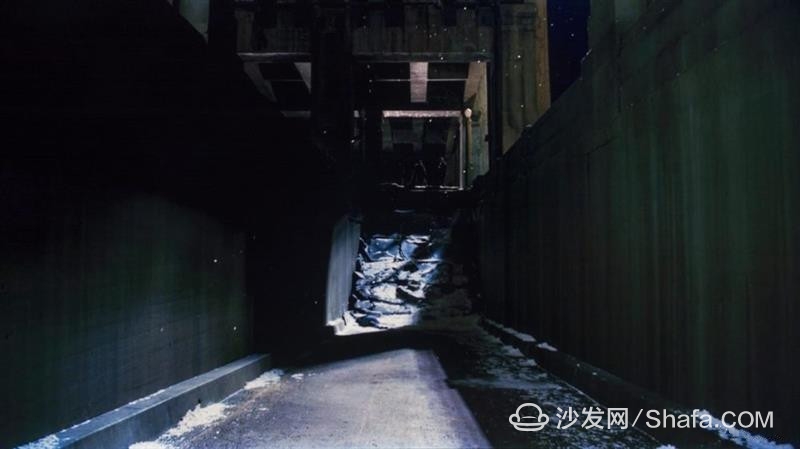
We still compare the dynamic range and contrast, Sony Z9D and LG EG9600 contrast is very good, Samsung KS9800 is still gray. As for the dynamic range, Sony Z9D and Samsung performed better than LG. Carefully looking at the middle and surrounding parts of the picture, the texture of the wall under the OLED is almost lost, while the Sony Z9D and Samsung still can see some details. What is this exactly?
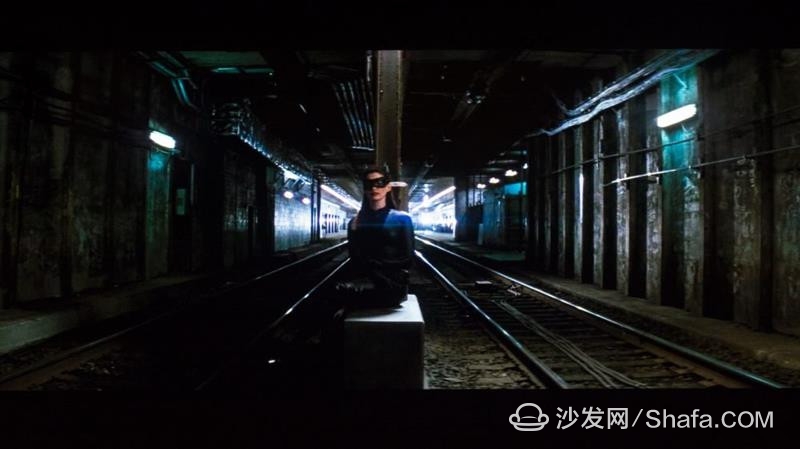


Looking at this group again, the difference is very large. The wall details of the LG EG9600 have become crushed and you can observe the part on the left wall. Contrast the details of Sony Z9D and Samsung KS9800, LG's shadow performance is unstructured. Many of the details that should be lost are lost, and many of the undeniable details become black and become variegated.
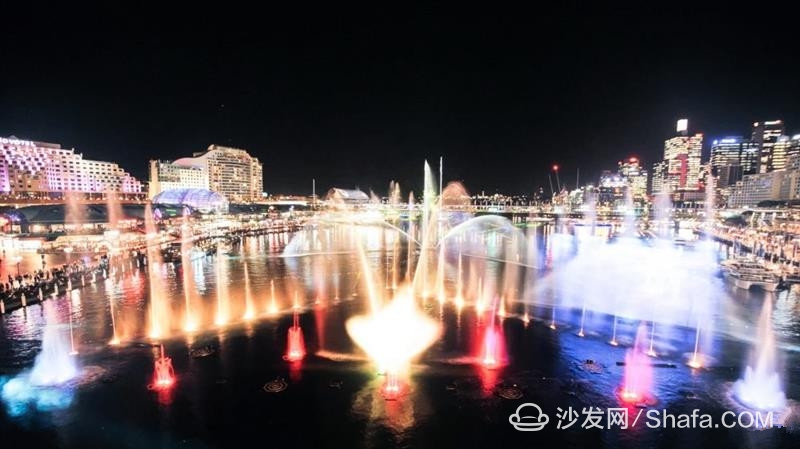


Not only is the content of some pictures of low quality, even under the 4K resolution OLED can not cover the problem of poor performance of the dark color levels. This group of content is 4K resolution, I specifically to brighten the picture for you to see, you can see the OLED night sky has a wide range of ribbons and color blocks. Although not as strong in screen shots, it is very obvious when actually viewed.
In contrast, the Sony Z9D performed very well, with a darker picture than the Samsung KS9800, and a better shadow transition than the LG EG9600. What needs to be stated is that the subtle thin lines in the screen shot are caused by the camera's high exposure after shooting, not the quality of the TV. Then back to the previous question, why does OLED have such a phenomenon?
In fact, because of the low brightness, the OLED has a sharp drop in the level accuracy.
The reason is not difficult to understand, the problem of OLED in the dark color level is well-known, because the OLED can not get the corresponding brightness due to low brightness. For example, if you apply 100% voltage to OLED, you may get 100% brightness. But you apply 10% of the voltage to the OLED, but it is not possible to get 10% of the brightness, which may be lower or even directly extinguished.
What problems will this cause? Because OLED can't express the accurate gray scale under the low luminance, have caused the RGB three-color mixed color grade to also have the great attenuation directly. Therefore, OLEDs often fail to show those darker details, such as the above-mentioned bright and dark transitions in the night sky. The result is a large number of ribbons and color patches, which is actually a loss of detail. In many scenarios, this is very fatal and impactful.
This phenomenon will become more serious under some low quality pictures. Because the quality of the film source is poor, many details have already been lost, and then through the OLED process, it will cause a large area of ​​fine-grained phenomenon. For direct-view TVs such as the Sony Z9D, this can be eliminated by the cooperation between the liquid crystal deflection and the backlight brightness adjustment. Together with the smooth gradient technology, the image is more transparent and smooth. This is why I have been stressing that panel theory is not correct because circuit design also plays a key role.
Obviously, although OLED is hailed as the next-generation display technology, the LG EG9600 does not show its all-round image quality advantages. On the contrary, the Sony Z9D has achieved a very first-class level in all aspects, and its quality has clearly surpassed LG. Have to say this is the mistake of OLED, it is the reality of OLED too, prove OLED is not so perfect.
Content comparison: Android system scalability is better
Well, although I don't use the TV's own smart system, I use TV boxes. However, the ease of use of the system itself is still very important, especially the expansion of the application.

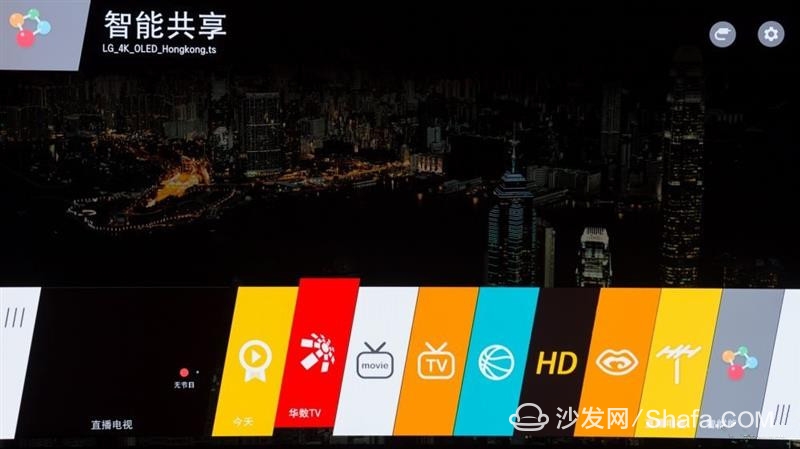
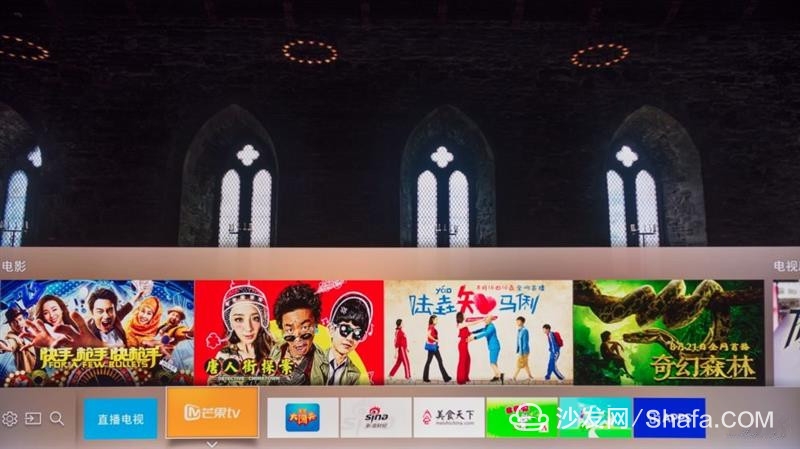
We can compare the systems used by the next three TVs. The Sony Z9D uses the Android system, the LG EG9600 uses the webOS system, and the Samsung KS9800 uses the Tizen system. Although the latter two are open source systems, there are currently fewer apps supported. On the richness of the app, naturally Android is more like the public.
However, the three TVs also have built-in online video services that allow users to watch content without having to pick up another box. The Sony Z9D and LG EG9600 have built-in HUAQU TV, while the Samsung KS9800 has built-in MANGO TV.

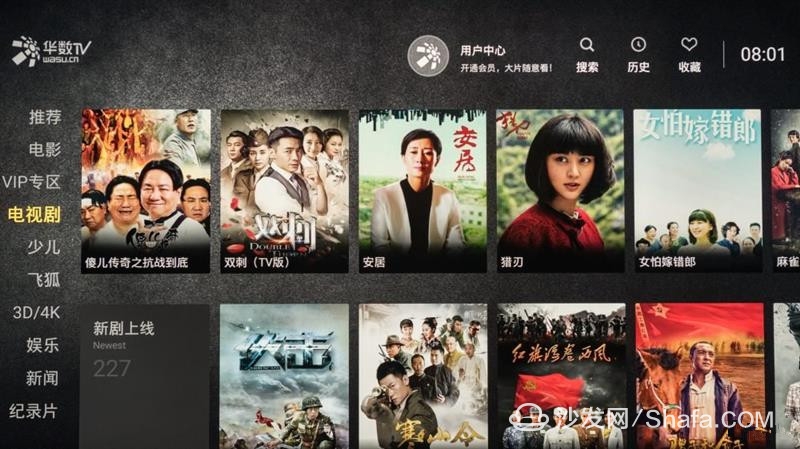

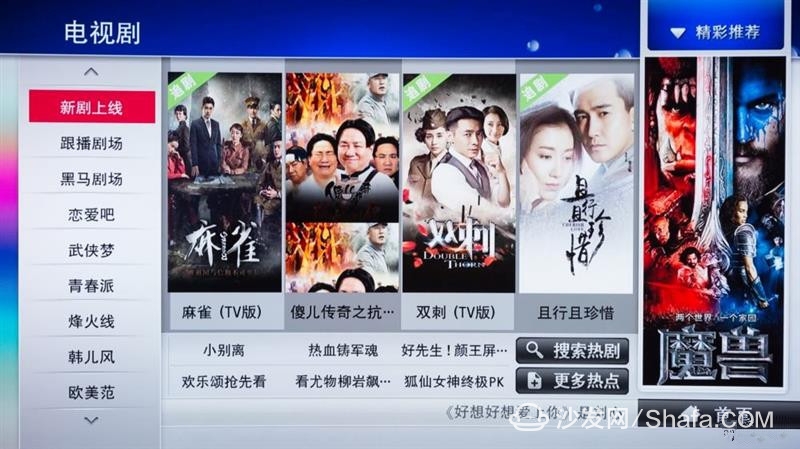
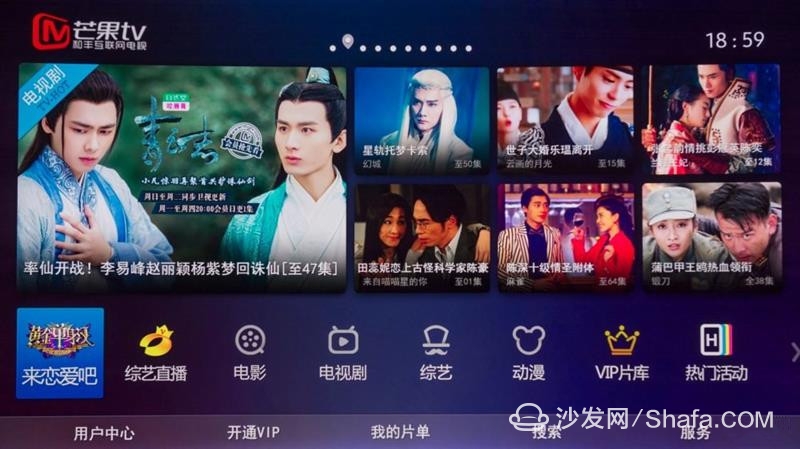

Samsung KS9800 mango TV interface is not difficult to find Samsung KS9800 mango TV is mostly Hunan Satellite TV program content, mainly for young audiences. The content of Hua Digital TV can be oriented to the entire age range, not just TV dramas that Hunan Satellite TV has, and it is still the number of TVs that China TV wins in content richness.

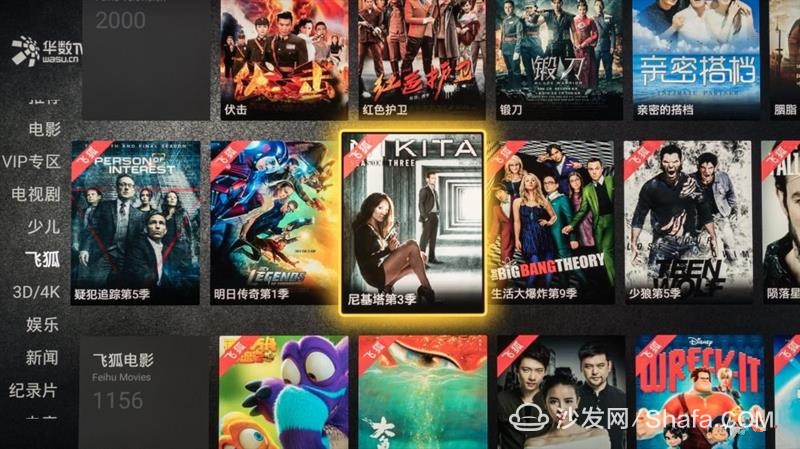

Sony Z9D's HUAWEI TV Interface In addition, we have also discovered very unexpectedly. Although Sony Z9D and LG EG9600 both have built-in HUAWEI TV, their interface is completely different. LG looks very tedious, and Sony's interface is very comfortable and refreshing, and the design is more sophisticated. Card typesetting is not only intuitive, it is also very easy to operate. And the Sony Z9D also has a built-in area for flying foxes, which has more TV dramas, American dramas, and movie content, such as the extremely deadly drug addicts, life explosions, and kinship. Even if it is not an external TV box, the resources are very rich. The dramatized party should not be disappointed. After all, Sohu Video has always been famous for its copyright and high-quality domestic drama resources.
And if your interests are more extensive, installing an app like the B station on the Sony Z9D is a breeze. After all, it is an Android system that can be used to install applications. Therefore, the Sony Z9D's resources can be added indefinitely. This is not possible with the LG EG9600 and the Samsung KS9800. Their systems are relatively niche, and they support fewer apps. Sony Z9D has more advantages in terms of ease of use, scalability and resource richness.
From the overall entertainment point of view, Sony Z9D also has Tencent video game built-in, and specifically optimized for TV, can participate in direct play on the TV, rather than a simple mobile game transplant. Therefore, the operation and the experience on the screen are better. It is still good to sneak around. In terms of music, the Sony Z9D teamed up with QQ Music and did not have to worry about the music library.


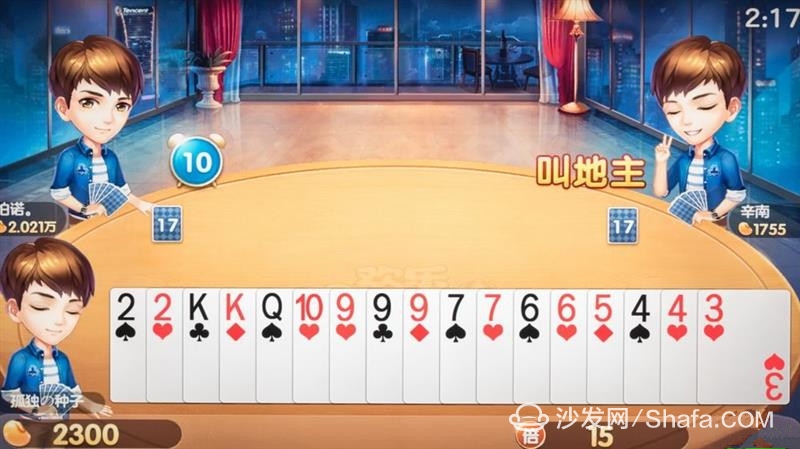


Floor scale, small weighbridge, used for farm, household, industrial, pasture, etc., with fence. Loadmeter, set on the ground, large volume, suitable for measuring car weight.
Floor scale ,Truck scale ,weighing scale electronic warehouse platform scale ,Warehouse platform scale, industrial scale, loadmeter
Ningbo Santwell Imp & Exp Co.,Ltd , https://www.santwell.com
